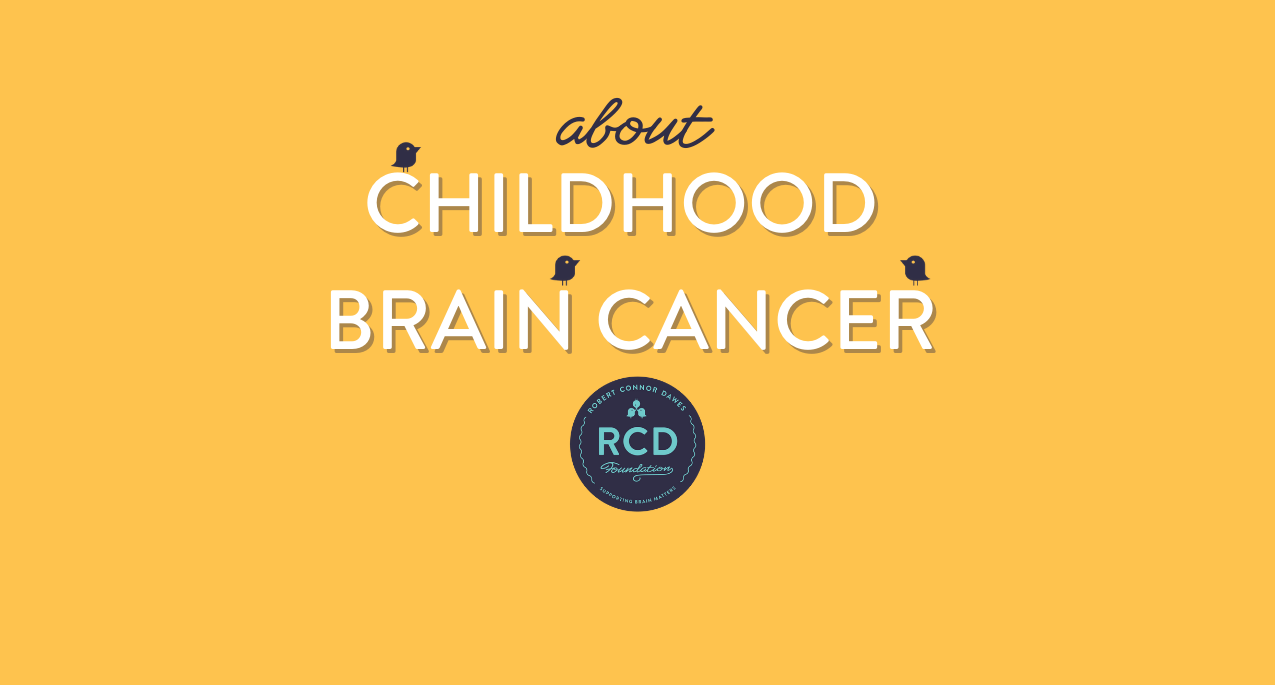
About Childhood Brain Cancer
What is a brain tumour?
Brain tumours include types of brain cancer, however not all brain tumours are cancerous.
Brain tumours are the growth of abnormal cells in the tissues of the brain or central nervous system (CNS). Brain tumours can be benign (non-cancerous) or malignant (cancerous). They are among the most common types of childhood cancers. Tumours in the brain or CNS can affect the brain’s ability to work normally.
You can read more about paediatric brain cancer stats here
Common types of brain cancer
Ependymoma
Read more about ependymoma here
Medulloblastoma / PNET
Read more about medulloblastoma here
Diffuse intrinsic pontine gliomas (DIPG)
Read more about DIPG here
Astrocytoma
Read more about astrocytoma here
Symptoms
It’s important to recognise that symptoms vary between children and it’s best to discuss any new symptom with your doctor.
Common brain tumour symptoms include:
- Headache or pressure in the head
- Nausea or vomiting
- Vision changes
- Weakness or numbness and tingling on one side of the body
- Problems with thinking, remembering or speaking
Common spinal cord tumor symptoms include:
- Back pain
- Weakness in the arms or legs
- Numbness or tingling in the arms, legs or trunk
- Problems going to the bathroom or problems controlling bowel or bladder function
Treatments
Talk to your child’s medical team about treatment options, as they will vary depending on the tumour type.
Useful links
Cancer Australia (Australian government website)
CERN (ependymoma specific)
Peter Mac (using virtual reality to help prepare kids for radiotherapy)